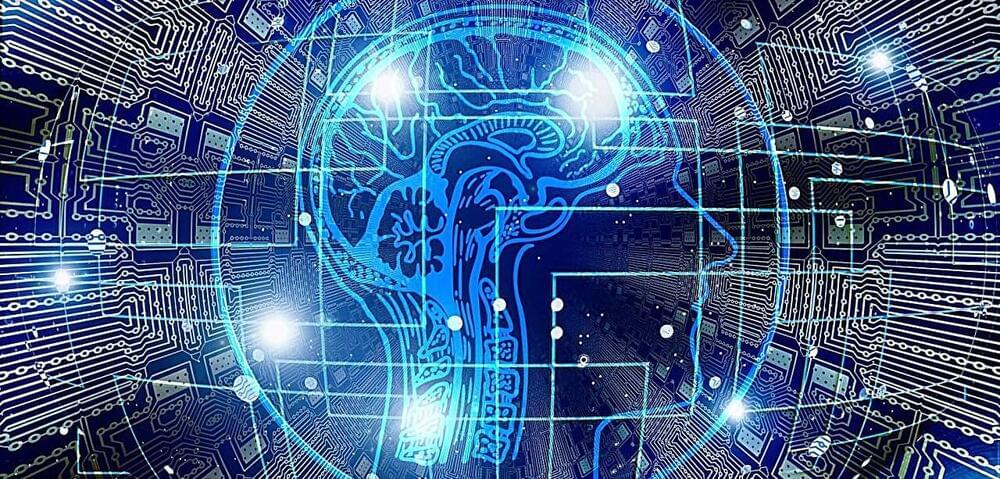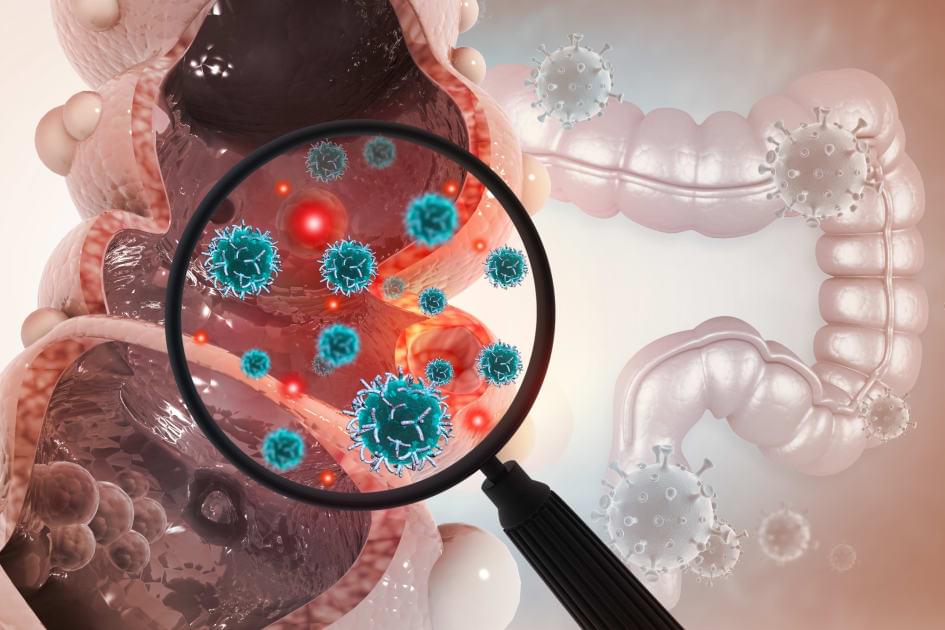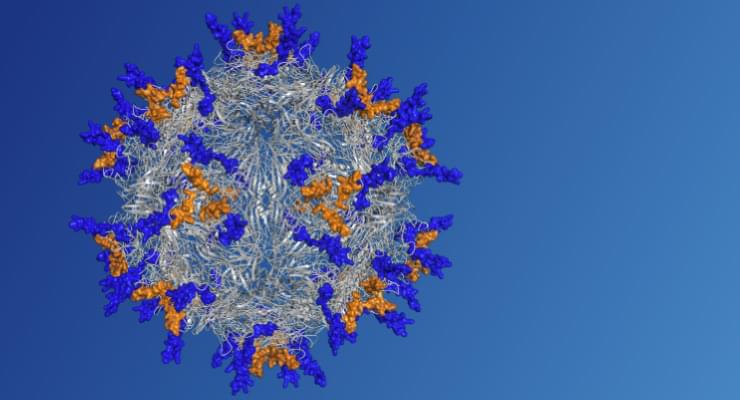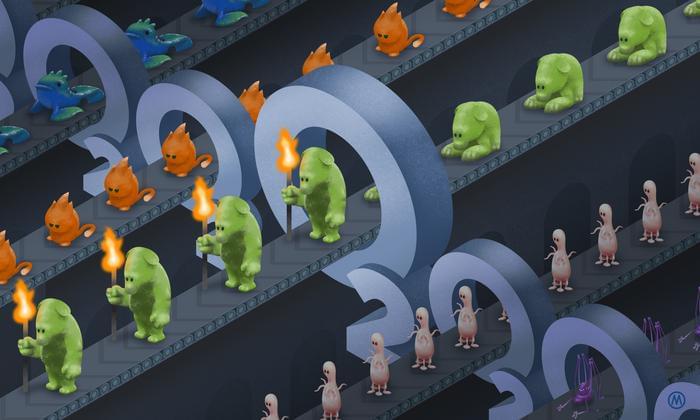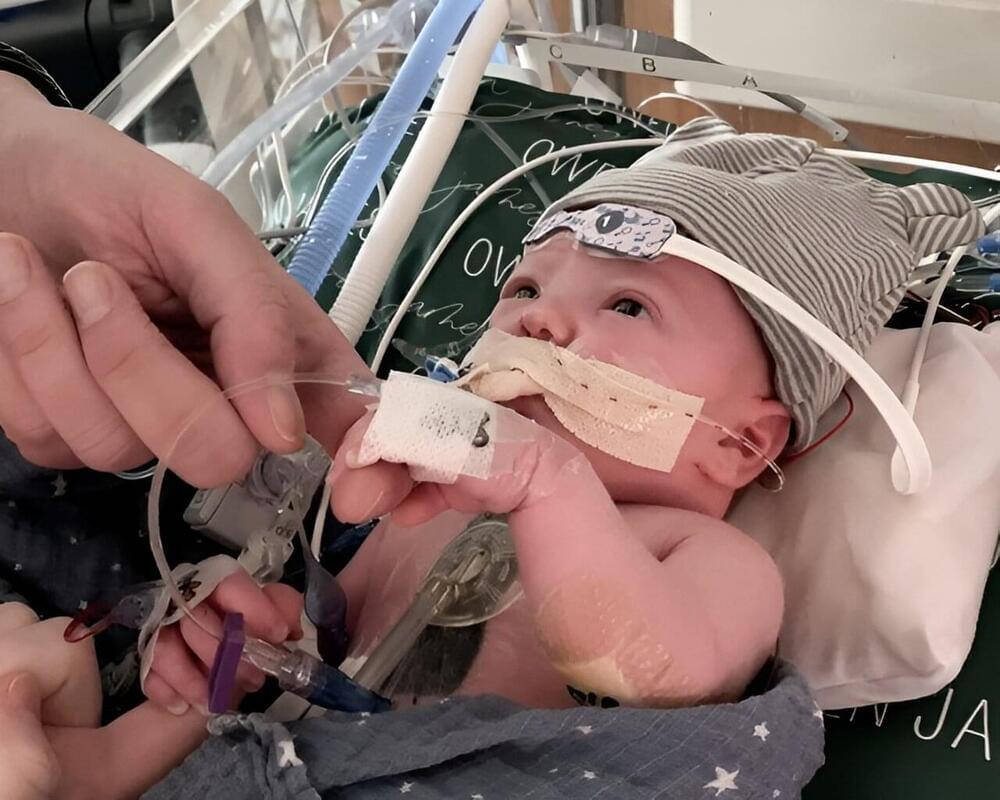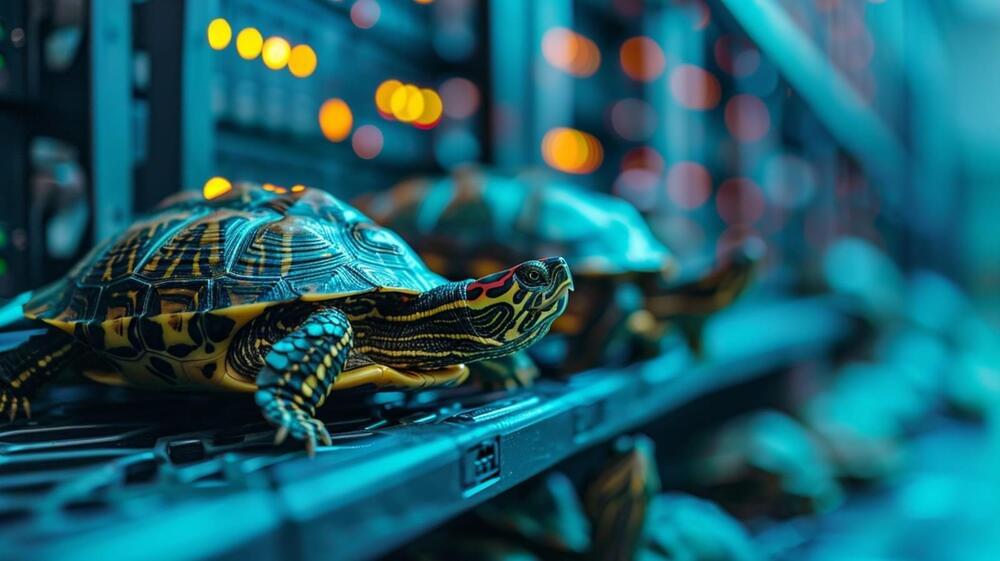The absence, not the presence, of the most important element for life in planets’ atmospheres may be what we should be seeking.
How the brain adjusts connections between #neurons during learning: this new insight may guide further research on learning in brain networks and may inspire faster and more robust learning #algorithms in #artificialintelligence.
Researchers from the MRC Brain Network Dynamics Unit and Oxford University’s Department of Computer Science have set out a new principle to explain how the brain adjusts connections between neurons during learning. This new insight may guide further research on learning in brain networks and may inspire faster and more robust learning algorithms in artificial intelligence.
The essence of learning is to pinpoint which components in the information-processing pipeline are responsible for an error in output. In artificial intelligence, this is achieved by backpropagation: adjusting a model’s parameters to reduce the error in the output. Many researchers believe that the brain employs a similar learning principle.
However, the biological brain is superior to current machine learning systems. For example, we can learn new information by just seeing it once, while artificial systems need to be trained hundreds of times with the same pieces of information to learn them. Furthermore, we can learn new information while maintaining the knowledge we already have, while learning new information in artificial neural networks often interferes with existing knowledge and degrades it rapidly.
In a new study published in Cancer Cell, YSM researchers at Yale Cancer Center find immunotherapy could benefit thousands of additional patients with colorectal and endometrial cancers who are not currently being offered it:
A new study shows thousands more patients diagnosed with colorectal and endometrial cancers could benefit from immunotherapy than are currently offered it. Researchers showed the importance of looking at DNA Mismatch Repair Deficiency (MMR-D) as a guiding marker for treatment decisions using immune checkpoint inhibitors (ICIs). MMR-D is associated with an increased risk of developing several types of cancer and is the most common cause of hereditary endometrial cancer.
The study, which published in Cancer Cell on December 28, compared two lab testing methods to diagnose cancers— traditional immunohistochemistry (IHC) (a lab technique that uses antibodies to detect antigens in tissues) — and next-generation sequencing (NGS) — a new technology used for DNA sequencing that can detect specific patterns of mutations. The researchers discovered that NGS offers a more accurate assessment of MMR status.
The ‘Leaksmus’ event on the Dark Web exposed some 50 million records containing sensitive information from people all around the world.
Voyager Therapeutics entered a strategic collaboration and capsid license agreement with Novartis to advance potential gene therapies for Huntington’s disease and spinal muscular atrophy, providing Novartis a target-exclusive license to access its TRACER capsids and other intellectual property.
Novartis obtains target-exclusive access to Voyager’s TRACER capsids related to Huntington’s disease and spinal muscular atrophy.
“The presence of high degrees of oxygen in the atmosphere is like a bottleneck you have to get through in order to have a technological species,” said Dr. Adam Frank.
What are the criteria for an extraterrestrial civilization to become a technological species? This is what a recent study published in Nature Astronomy hopes to figure out as a team of international researchers examine how oxygen plays a role in technological advancement, specifically pertaining to it being a necessary requirement for producing fire. This study was partially funded by a NASA grant and holds the potential to help researchers better understand the criteria for identifying technological signatures of extraterrestrial intelligence, also known as “technosignatures”
Illustration depicting how higher atmospheric oxygen levels could lead to technoligcal advancement for an extraterrestrial species, specifically pertaining to the creation of fire. (Credit: University of Rochester illustration / Michael Osadciw)
“You might be able to get biology—you might even be able to get intelligent creatures—in a world that doesn’t have oxygen, but without a ready source of fire, you’re never going to develop higher technology because higher technology requires fuel and melting,” said Dr. Adam Frank, who is Helen F. and Fred H. Gowen Professor of Physics and Astronomy at the University of Rochester and co-author on the study.
The world’s first partial heart transplant has achieved what researchers have spent more than a year hoping for—functioning valves and arteries that grow along with the young patient, as hypothesized by the pioneering team behind the procedure at Duke Health.
The procedure was performed in the spring of 2022, in an infant who needed heart valve replacement. The previous standard of care—using valves that were non-living—would not grow along with the child, requiring frequent replacement, entailing surgical procedures that carry a 50% mortality rate.
A study led by Duke Health physicians, appearing online Jan. 2 in the Journal of the American Medical Association (JAMA), found that the new manner of valve procurement used during the partial heart transplant led to two well-functioning valves and arteries that are growing in concert with the child as if they were native vessels.
Almost 11 million internet-exposed SSH servers are vulnerable to the Terrapin attack that threatens the integrity of some SSH connections.
The Terrapin attack targets the SSH protocol, affecting both clients and servers, and was developed by academic researchers from Ruhr University Bochum in Germany.
It manipulates sequence numbers during the handshake process to compromise the integrity of the SSH channel, particularly when specific encryption modes like ChaCha20-Poly1305 or CBC with Encrypt-then-MAC are used.
Combining smart sensors with an older technology — analog computing — could dramatically reduce their power consumption.
All these previous innovations pale in the face of tools like MidJourney, DALL-E, and Adobe Firefly.
These generative AI image systems, the kind that easily spits out this image below of a flooded downtown Manhattan, are dream weavers that make the literal out of the imagined.
When Midjourney builds an image, there are no easily identifiable sources, mediums, or artists. Every pixel can look as imaginary or real as you want and when they leave the digital factory, these images (and video) travel fleetfooted around the world, leaving truth waiting somewhere in the wilderness.

